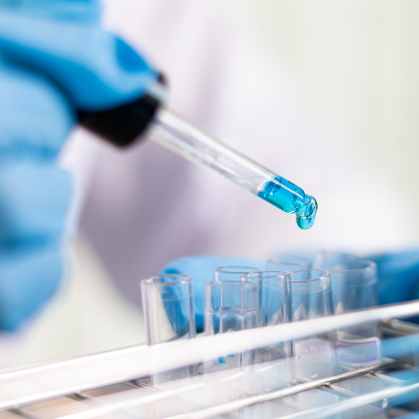Pharmaceutical
What is the pharmaceutical industry? Simply put, it is the manufacturing and development of medicines and pharmaceutical drugs and vitamins to alleviate symptoms and other medicinal purposes. A global billion-dollar industry, advances in research and science have allowed the industry to grow and develop. During the process of manufacturing of these medicines, it is extremely important that nothing will contaminate the product. For example, in the manufacturing of an over-the-counter medicine that helps with pain – it is imperative that the medicine works correctly. Each little step that goes into making that drug is precise. Nothing should contaminate the “ingredients” as that would interfere with the product as a whole.
Learn MoreProcesses
Various processes used in the pharmaceutical industry including milling, coating, mixing, tablet pressing, granulation, and more create opportunities for various dust particles to be generated. For example, let’s walk through the process of how prescription pills are made. First ingredients are mixed, then the dry ingredients used are pressed together to form the tablets. It is important that fine powders/dust generated throughout the entire process is captured and controlled.

Dust Types
- Powders
- Dry Ingredients
- Fine Powders
- Combustible Dust

FDA Regulations
In the United States, drugs and medicines are regulated by the Food & Drug Administration (FDA). Each manufacturing plant has a set of guidelines and rules to follow that mainly deal with safety of the products and workers. Even before a new medicine is put on the market, it must be thoroughly inspected and researched by the FDA. To make sure they are safe for consumers. One way to ensure a safe product is to have air filtration systems throughout the plant.

Worker Safety
If you were to walk into a pharmaceutical plant, you will notice that workers wear personal protective equipment (PPE). This is to protect not only the products and ingredients but to protect the worker as well. For example, some dusts if inhaled can cause health effects and risks.

Combustible Dust Risks
A lot of dust generated in pharmaceutical manufacturing is combustible. This means that it is extremely likely to combust when ignited by an ignition source. Ignition sources can be a spark generated from equipment, electrostatic discharges, or even something as simple as a cigarette butt. That is why it is so important that work areas are kept clean and dust-free.
Code of Federal Regulations 21 states that “any building used in the manufacture, processing, packing, or holding of a drug product shall be maintained in a clean and sanitary condition.”




